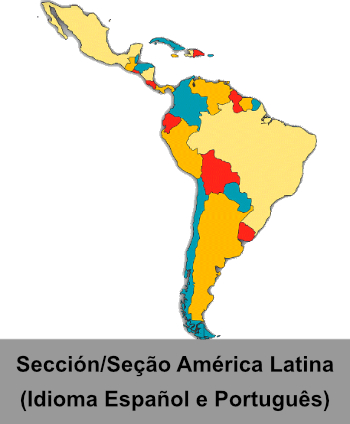Pruett J.L., Otts S.S., Willett K.L., Fairbanks L., Darnell K.M., Gochfeld D.J. (2024) Journal of Shellfish Research, 43 (1), pp. 1 – 13, DOI: 10.2983/035.043.0101
ABSTRACT: The eastern oyster (Crassostrea virginica) is an ecologically and economically important species that provides invaluable services for coastal communities. The oyster industry has a long history and tradition in the U.S. Gulf Coast states, but this fishery has declined dramatically in recent years following Hurricane Katrina, the Deepwater Horizon oil spill, and freshwater flooding events. Mississippi was once known as the “seafood capital of the world,” but no commercial harvest from Mississippi oyster reefs has occurred since the 2018-2019 season. A review of the Mississippi oyster fishery was conducted to characterize historical conditions relative to a sustainable resource in this region, and how the oyster resource has changed over time due to environmental factors and nonbiological events. Since state management of the oyster fishery began in 1902, oyster landings have fluctuated dramatically over time due to complex interactions between man-made and natural disasters, variability in salinity regimes, and alterations in management authority and approaches. Prior to 2010, Mississippi oyster populations eventually recovered from mass mortality events due to improved environmental conditions coupled with large cultch planting efforts. Significant resources have been invested to restore wild oyster populations in the northern Gulf of Mexico, but these efforts have faced many obstacles, and the baseline to assess restoration progress is not well defined. Present-day challenges hindering oyster recovery efforts in Mississippi were also examined to improve understanding of key abiotic and biotic factors that influence oyster reef health and resilience. At present, adult populations are severely diminished and appear to be more recruitment-limited than during previous historical collapses. Climate change-related precipitation events in the past decade have altered water quality in the Mississippi Sound and have further hampered critical early life history recruitment processes, as well as overall reef resilience. Successful restoration and persistence of sustainable oyster reefs in Mississippi under current and future conditions will require substantial investment in management practices that provide suitable substrate for larval settlement, as well as enhancement of existing stock to promote increased larval supply.





